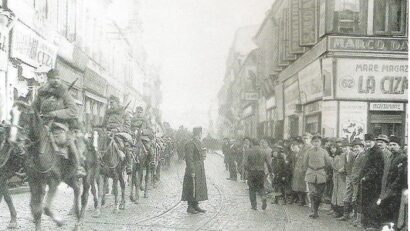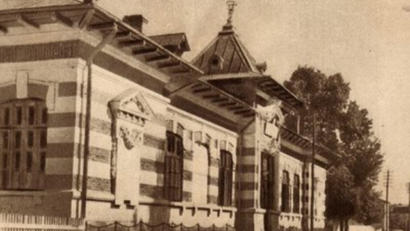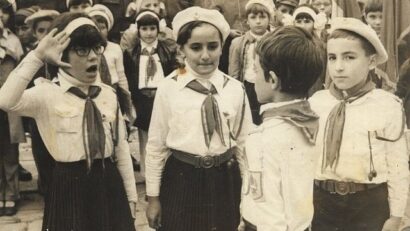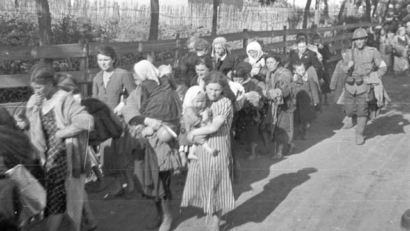
Augste-Felix-Charles de Beaupoil, Count of Saint-Aulaire, became ambassador to Romania in the troubled summer of 1916.

Based on the treaty of August 1916, between Romania and the Entente, the Russian army committed itself to backing the front.

A look at the two years of German occupation in Bucharest at the end of WWI

One of the most important events in Jewish history in Romania was the congress in Focsani, held on December 30-31, 1881.

There is a saying that countries know no friends, only their own interests. But history has proved this oversimplifying statement to be wrong.

Around the mid-19th century, the word 'revolution' started to refer mainly to an overthrow of old ideas and practices, a renewal of society overall.

The Romanian army began its World War One operations in August 1916 after the conclusion of a military convention between Romania and the Triple Entente.

The burial places of many victims of the communist regime had been, for dozens of years, unknown.

At the end of WWI, the winners and the defeated alike were still marked by the tragedies they had experienced

On November 19th, 1946, Romania had its elections stolen in a massively rigged voting process. This came to definitively change Romanias...

People thought history was the faithful preserver of memory and when they turned it into an academic discipline they indulged themselves in the belief that history would be the very place where truth was about to be found.

One of the most powerful symbols of Communist rhetoric was bread.

Up until the mid 19th century, Bucharest had no fortifications.

On October 23rd 1956, Hungary started a heroic battle in Budapest to rid itself of the tyranny of the communist party.

On October 9, 1941, the deportation of Jews in Romania started with the province of Bukovina.
